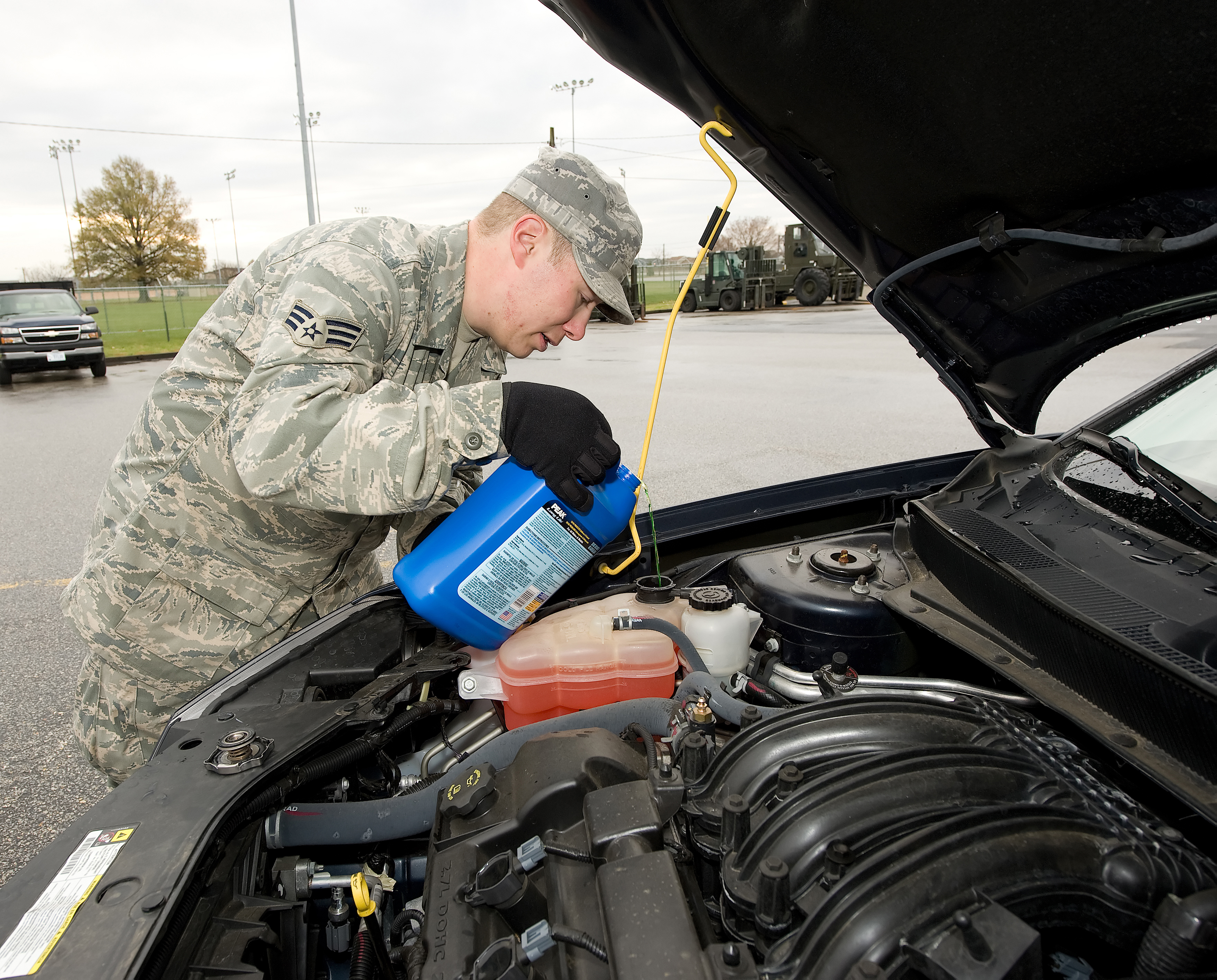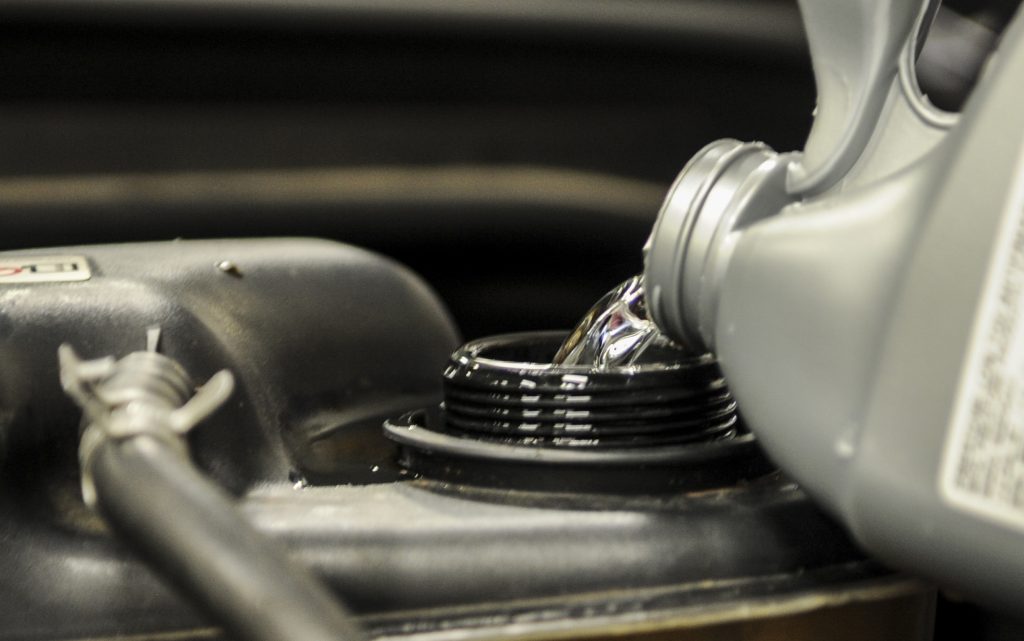Your vehicle’s coolant reservoir may appear to be full, but it may be inadequately cooling the engine. This can occasionally be the case when you have recently installed a new radiator unit and the lights on the dashboard keeps either indicating that there is an issue with the coolant level or the engine is overheating. The culprit here could be some air bubbles in the cooling system and they are preventing the coolant from reaching the engine. If everything else is working fine, burping the cooling system may be the only way to get the coolant to reach the engine and get the radiator to work normally to avoid overheating the engine.
It is a simple DIY if you follow the three steps below.
Step 1 – Overflow the reservoir
Mix your coolant with water or as indicated on the bottle of coolant and add this mixture to the reservoir until it reaches to the top completely. Do not hesitate to let the coolant flood the tank.
Step 2 – Run the engine
At this instance, you do not have to close the reservoir. Start the car and let it run until it starts to heat up, but make sure not to overheat it. There is a switch under your hood which should allow you to rev up the engine. If you do not see it, never mind, get somebody in the driver seat to press the accelerator pedal for you. After a few seconds or minutes, the coolant level should overflow the reservoir. It is an indication that the trapped air has vacated.
Step
3 – Add more coolant into the reservoir
until it is completely full
As
you continue to rev up the engine, the coolant will go a level down
the reservoir. You will have to instantly top up the additional space
in the reservoir with some more coolant until it is completely full.
At this point, you will replace the cap and turn off the engine. On a
precautionary note, you might need a pair of gloves in case the
coolant gets too hot for your hands if you have sensitive skin. And,
do not lower your face near the radiator and coolant reservoir as
things start getting hot down there, all around the engine.
These
three simple steps will burp your vehicle’s coolant system and your
radiator will be functioning back to normal. Hopefully, the lights on
your dashboard will stop indicating the issue, which means you will
have solved the problem!



1 comment
[…] You may also wish to read more on: How to remove air from a vehicle’s coolant system […]